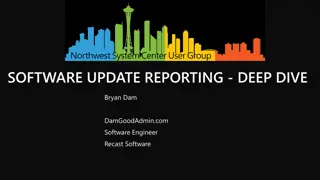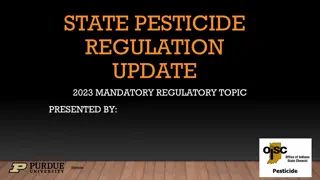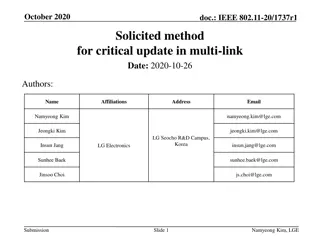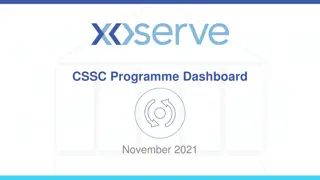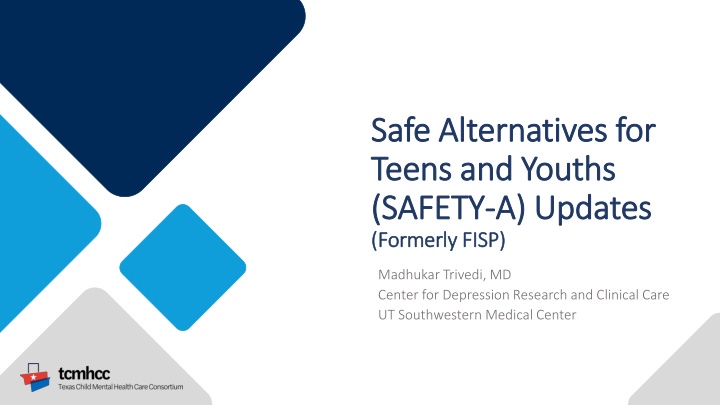
Youth Mental Health Safety: Effective Intervention Strategies
Explore the SAFETY-A program's comprehensive approach in addressing suicidal risk among teens and youths, focusing on behavioral assessment, crisis intervention, and primary care adaptation. Developed by Dr. Madhukar Trivedi, this initiative aims to enhance safety and well-being through behavioral assessment of imminent risk and building safety action plans with involvement from both youth and their families.
Download Presentation

Please find below an Image/Link to download the presentation.
The content on the website is provided AS IS for your information and personal use only. It may not be sold, licensed, or shared on other websites without obtaining consent from the author. If you encounter any issues during the download, it is possible that the publisher has removed the file from their server.
You are allowed to download the files provided on this website for personal or commercial use, subject to the condition that they are used lawfully. All files are the property of their respective owners.
The content on the website is provided AS IS for your information and personal use only. It may not be sold, licensed, or shared on other websites without obtaining consent from the author.
E N D
Presentation Transcript
Safe Alternatives for Safe Alternatives for Teens and Youths Teens and Youths ( (SAFETY SAFETY- -A) A) Updates (Formerly FISP) (Formerly FISP) Updates Madhukar Trivedi, MD Center for Depression Research and Clinical Care UT Southwestern Medical Center
SAFETY SAFETY- -A Overview A Overview Formerly known as the Family Intervention for Suicide Prevention (FISP) Initially created for emergency department (ED) use (Hughes and Asarnow, 2013) Involves 3 parts: Behavioral assessment of imminent risk designed to assess behaviors, skills, and characteristics that are incompatible with and protective against suicidal and self-harm behavior and intervene to enhance safety. Review of other risk and protective factors for suicide attempts and self-harm. Risk stratification algorithms based on both the behavioral assessment of imminent risk and review of other risk and protective factors.
Behavioral Assessment of Imminent Risk & Behavioral Assessment of Imminent Risk & Crisis/Acute Care Intervention Crisis/Acute Care Intervention The session is designed to involve both the youth and family and includes: Time with Youth Alone Time with Parents Alone Time with the Youth & Parents Together Identify self strengths Identify family strengths Feeling Thermometer Highlight prompting events for suicidal/self- harm episodes Safety action plan SAFE Settings: Removal of lethal & dangerous means Orientation & agenda setting Strategies for ensuring SAFE Settings Identify youth & family strengths Share youth & family strengths Review SAFETY/Action Plan Address barriers to use of SAFETY/Action Plan Obtain commitment to use SAFETY/Action Plan Schedule next session
SAFETY SAFETY- -A Within TCMHCC A Within TCMHCC Aim: Examine the feasibility, acceptability, and preliminary efficacy of SAFETY-A adapted for use in primary care 1) SAFETY-A will be adapted for implementation in primary care. Investigators will work closely with the SAFETY-A developers on adaptation of the intervention. 2) CPAN team members will be trained on SAFETY-A to assist PCPs when confronted with adolescents reporting suicidal risk. 3) Following the training of the CPAN team, 50 PCPs will be recruited to be trained on SAFETY-A.
SAFETY SAFETY- -A Project Team A Project Team Baylor (PI: Laurel Williams, DO) Provide oversight for the project Work with CPAN team to recruit PCPs UTSW (Co-PI: Madhukar Trivedi, MD) Conduct trainings for CPAN team and PCPs Provide ongoing consultation Serve as the data center HRIs: Baylor, Dell, TTUHSC, UTHSC, UTMB
Timeline Timeline July Aug Nov Dec May Dec 2023 2022 2022 Develop protocol, database CPAN Team Continued Implementation Trainings Sept Oct Jan April Sept Dec 2022 2023 2023 Adapt SAFETY-A PCP Trainings and Implementation Data Cleaning & Analyses
Q&A Q&A


